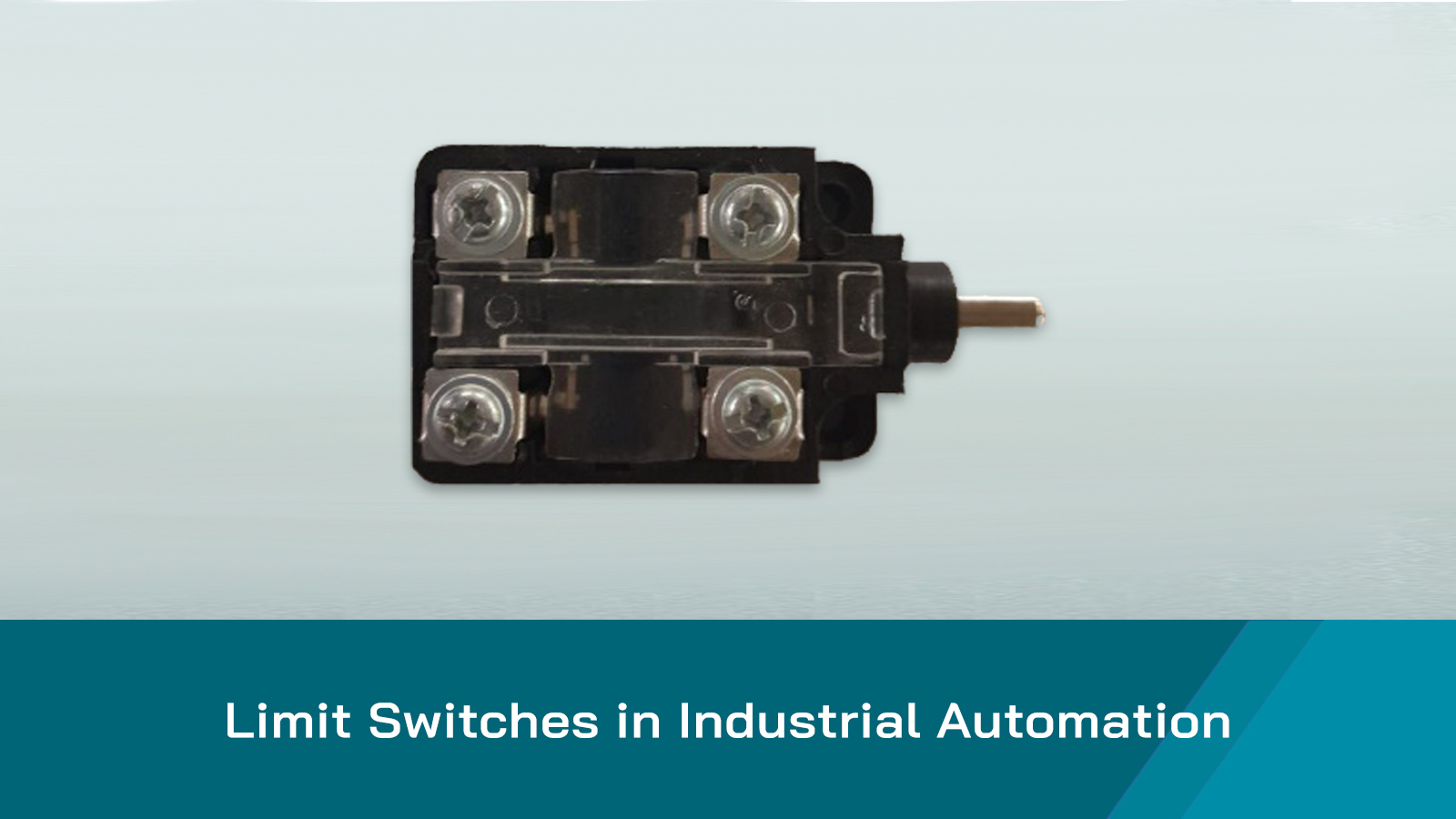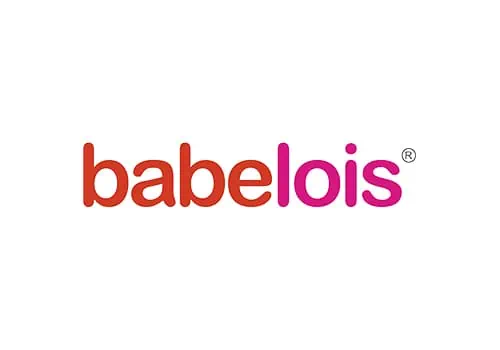Modern automation systems need photo sensors to locate things and monitor safety. These tools streamline processes and protect people and equipment. Automation sensors are becoming more popular in enterprises worldwide.
Light beam interruption or reflection helps photo sensors find things. They provide control systems with crucial decision-making data. These sensors ensure industrial facilities work smoothly and automatically.
What are Photo Sensors?
Photo sensors detect objects by detecting light changes. They convert light signals into control system electrical impulses. The photo sensor works by sending and receiving light beams. These sensors measure light levels. Sensors signal when objects block or reflect light. These signals trigger control systems to automatically respond.
Types of Photo Sensors
Based on their detection methods, photo sensors have three main categories. Each type has perks and cons and is appropriate for certain tasks.
Through-Beam Sensors
The transmitter and receiver of through-beam sensors are independent. The transmitter emits light directly to the receiver via a detection zone. The sensor activates when objects block this beam.
Retro-Reflective Sensors
Retro-reflective sensors have a packaged transmitter and receiver. Reflectors return light to the sensor. A detection occurs whenever an object blocks the sensor and reflector.
Diffuse Sensors
Diffuse sensors detect objects by reflecting light. Light reflects off the items they look at. Surfaces that reflect light work well for these sensors.
Placement and Usage
Putting sensors in the appropriate places ensures they always perform well. Placement decisions are heavily affected by the environment.
Mounting Considerations
To avoid errors caused by vibration, mount sensors on solid surfaces. Keep the parts of the sensor and the targets at the right distances. Correct alignment lowers the chances of detection and system problems.
Environmental Factors
Think about nearby lights when you put it up. Light from the sun or from a light bulb can mess up how sensors work. When you need to, use the right shields or filters.
Safety Installation
For safety, human sensors need to be put in the right places. Put people at the right heights and angles so that they may be found. Calibration keeps performance at a normal level.
Operating Conditions
Sensors operate better or worse depending on the temperature and humidity. Pick sensors that are right for your situation. Protective housings make sensors last longer in tough conditions.
Applications
Photo sensors have many industrial and commercial purposes. Factory workers use them to count and inspect goods. Sensors automate conveyor systems.
- Door access control systems monitor security with photo sensors. Unauthorised entry triggers alarms.
- Safety applications include machine guarding and people protection. Sensors create undetectable barriers surrounding harmful equipment.
- Sensors help packaging companies locate and sort items. Automated systems place materials using sensor feedback.
- Photo and magnetic reed sensors perform effectively in complete automation solutions. They simplify switching between door and window monitoring apps.
Photo Sensor Diagrams and Working
Photo sensor illustrations make things easier to understand. Simple pictures demonstrate how different types of light sensors work. Understanding these diagrams makes it easier to install and fix things.
Working Mechanism
Sending, receiving, and giving forth light are all part of the work. LEDs or lasers are used by transmitters to create beams of light that don’t stop. Receivers change light into electrical impulses that can be processed.
Signal Processing
Circuits for processing signals measure how bright light is. They can tell the difference between typical changes and occurrences that help them find things. The right signals are sent to the control systems that are connected to the output circuits.
Conclusion
In automation, photo sensors make it possible to reliably find objects. They make businesses safer and more efficient in a number of fields. Choosing and putting in the right parts makes sure they work well and last a long time.
As the need for accuracy and safety in industrial automation grows, upgrading to modern photo sensors is no longer just a choice; it’s necessary to stay competitive. Companies that want to stay ahead of the curve rely on Instec India’s proven sensor solutions.
FAQs
There are three primary types of photo sensors: diffuse, retro-reflective, and through-beam. They all have various uses.
Photo sensors find things and control equipment by noticing changes in light beams.
The distance the sensor can detect, the conditions of the surroundings, the object’s characteristics, and its stability all affect where it should be placed.
Photo sensors can open and close doors, keep machines safe, count products, transfer materials, and sort them.







